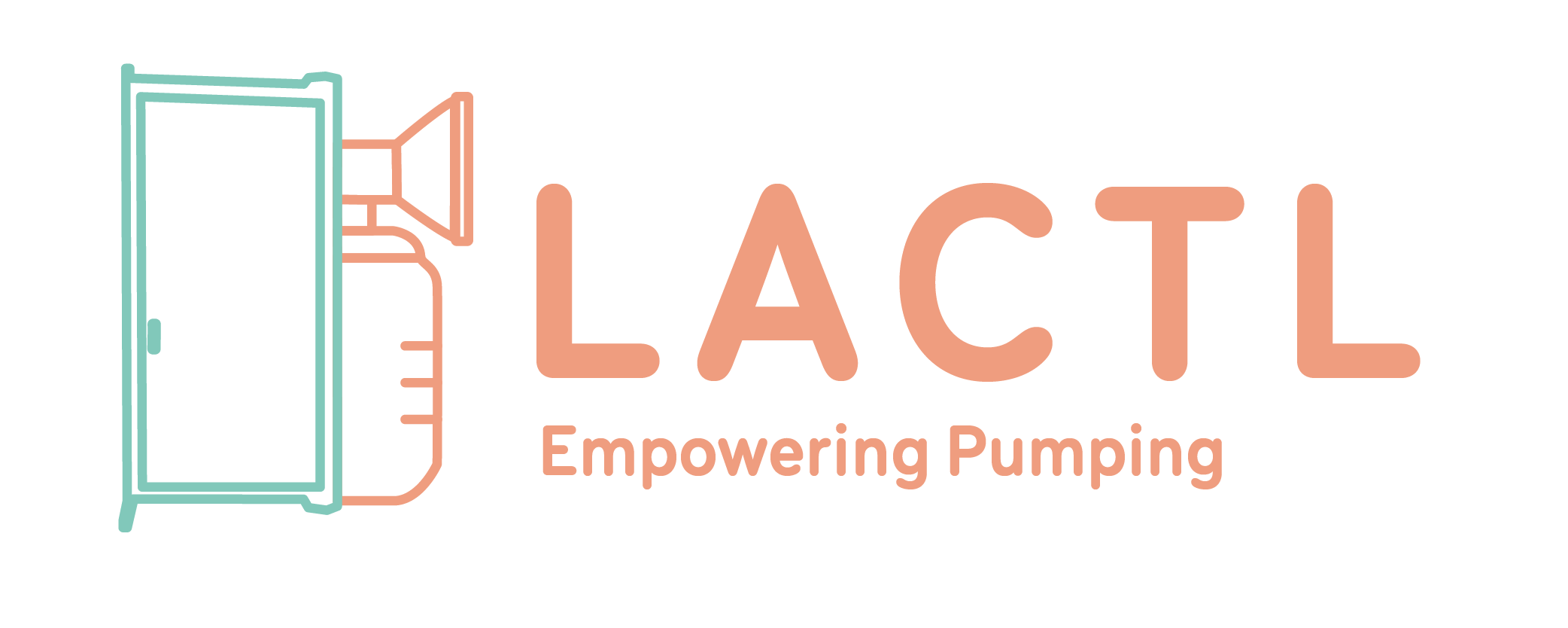Fed Is Best - If You Use Formula
Although breastfeeding is typically the recommended approach to feeding infants, there are plenty of mothers who are not able to or choose not to. Many moms move onto infant formula or breastfeed and use formula at the same time, overall it is a personal choice and one that is made to make sure both mom and baby are healthy.
Without a doubt, your baby’s healthy is very important to you, so knowing the facts for both breastfeeding and formula can be super helpful. Remember, to help you decide which formula to choose, ask your pediatrician which brand they recommend. Some parents find they need to try a few different kinds before finding the right match.
"Most pediatricians recommend staying with a formula for at least one week to see how a baby reacts to it," says Jose Saavedra M.D., a pediatric gastroenterologist and medical and scientific director of Nestle; Nutrition North America. "A baby's digestive system is just developing, and switching brands too often could cause some digestive distress."1
We gathered together some advice for those who are considering formula, or simply want to know more:
Feed Your Baby on Hunger Cues
Feeding your baby formula when they show signs of hunger rather than on a regimented schedule is recommended to avoid under or overfeeding. After a while, you will get to know when your baby needs feeding, and a more personalized schedule will appear. This is typical of breastfeeding too, especially when returning to work. Those weeks of figuring out when your baby is hungry can be vital.
Crying can often be a late sign of hunger, but as we know far too well babies cry for many reasons! Some early cues include restlessness, sucking their hand or fist and rooting - when a baby begins to turn its head and open its mouth.
It is important to respond to signs of fullness too, such as turning away or closing their mouth. Don’t pressure your baby to finish a full bottle as this may override their natural ability to regulate their intake themselves but also could potentially impact their eating behaviors as they grow up.
Choose the Lowest Protein Option
There is a surplus of different infant formulas on the market to choose from, but there is little proof that one is better than another. All formulas on the US market must comply with strict regulations ensuring safety and adequate nutrition. There is however advice offered around the level of protein within the formula.
Breastmilk contains about 1-1.1 grams of protein per 100 ml. To mimic that, general infant formulas have a protein content range of 1.3-2 grams per 100 ml. One trial in Europe found that a higher protein content can show links with higher weight in the first two years of a child’s life.2 For this reason, choosing a formula closer to the lower end of the range might be the best for your baby’s healthy development.
Always Follow the Label
It is important to follow the instructions provided so that the formula isn’t over or under concentrated, and that nothing else is added to the bottle. Also recommended it using the scoop that came with the formula and to make sure the exact scoop is level, not packed in tightly or under/over full.
If you need advice on this, we would recommend: https://www.cdc.gov/nutrition/infantandtoddlernutrition/formula-feeding/index.html
There are plenty of resources out there, so get advice from your pediatrician or call a helpline.
Phase Out By 12 Months
It is recommended to move away from formula by the time your infant reaches one year. Some research has shown extended use of bottles is associated with a higher risk of obesity but also issues such as ear infection, iron deficiency, tooth decay, and speech difficulty.
Many toddlers become attached to their bottles, and the later they are phased out the harder it can be to break the bottle habit. It is recommended to parents that you introduce a training “sippy” cup at 6 months to begin their transition.
Formula is a great alternative to support your child when breast milk isn’t an option or may not be preferred, but it is important to respond to your baby’s needs, as well as medical advice made by your doctor. At the end of the day, it is your baby’s growth and development that’s important!
Don’t forget to subscribe to our blog to receive regular updates and new articles. Whether you are a mother or an employer, join our discussion by following us on our social media: @lactlscreens and use #lactl.
Sources:


